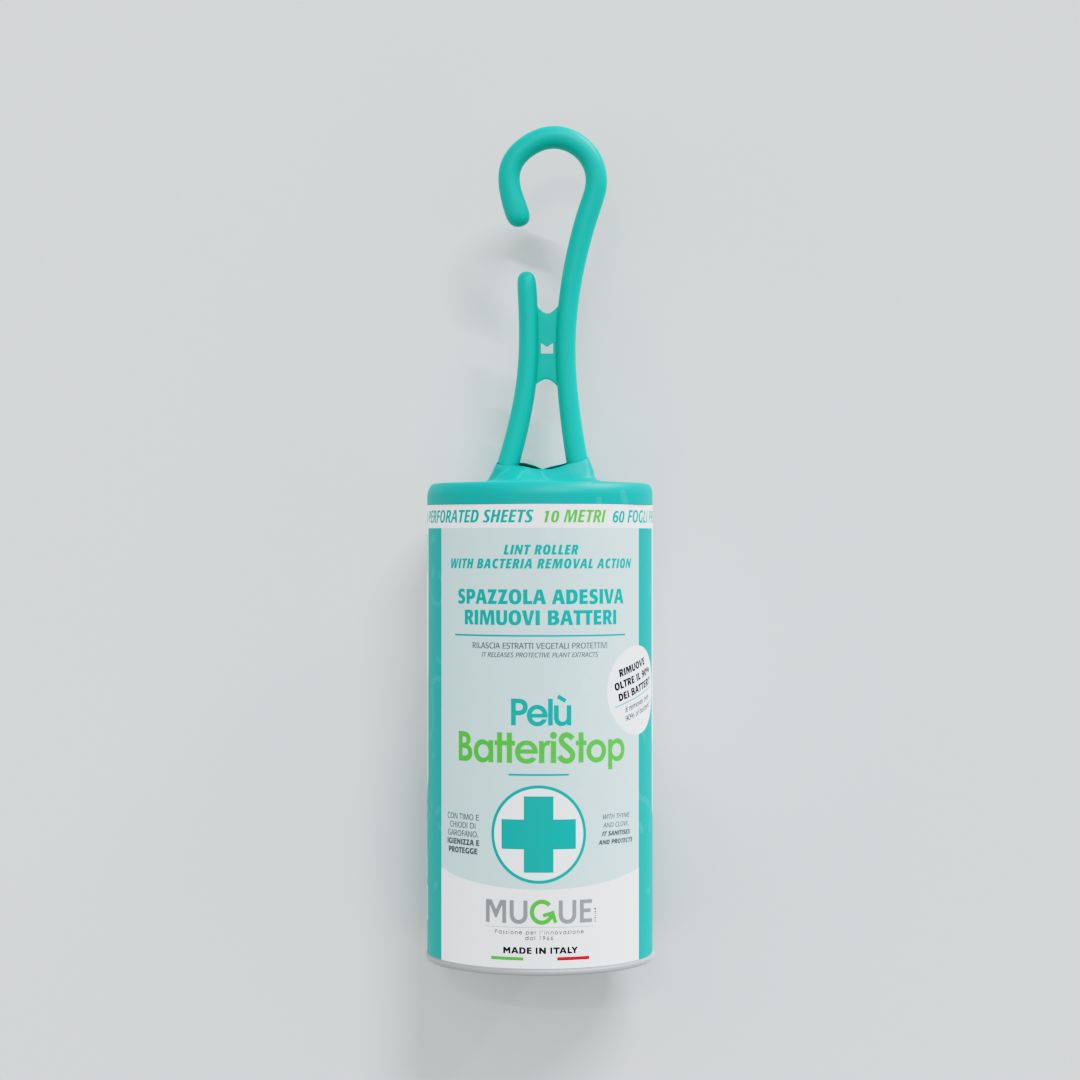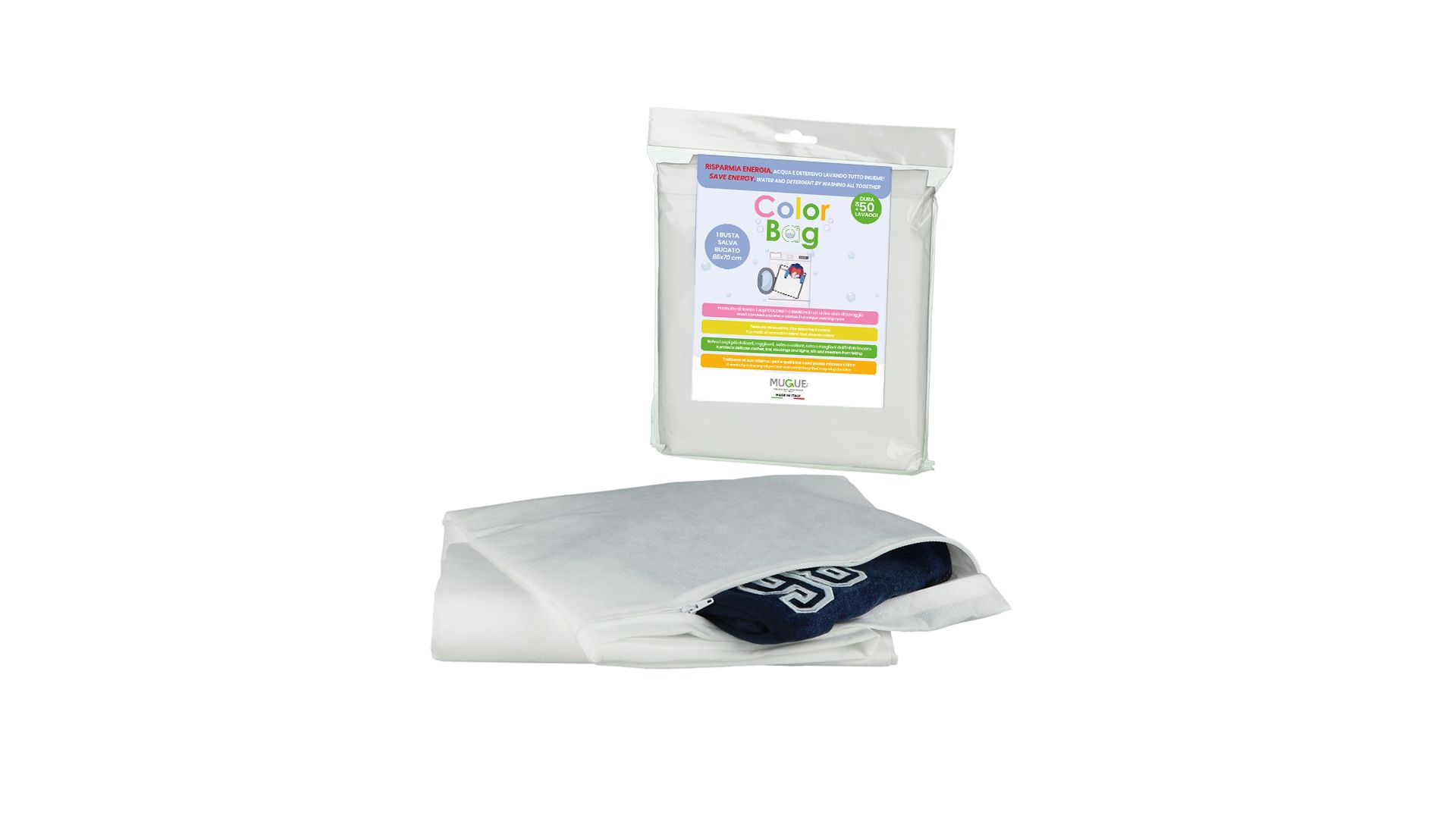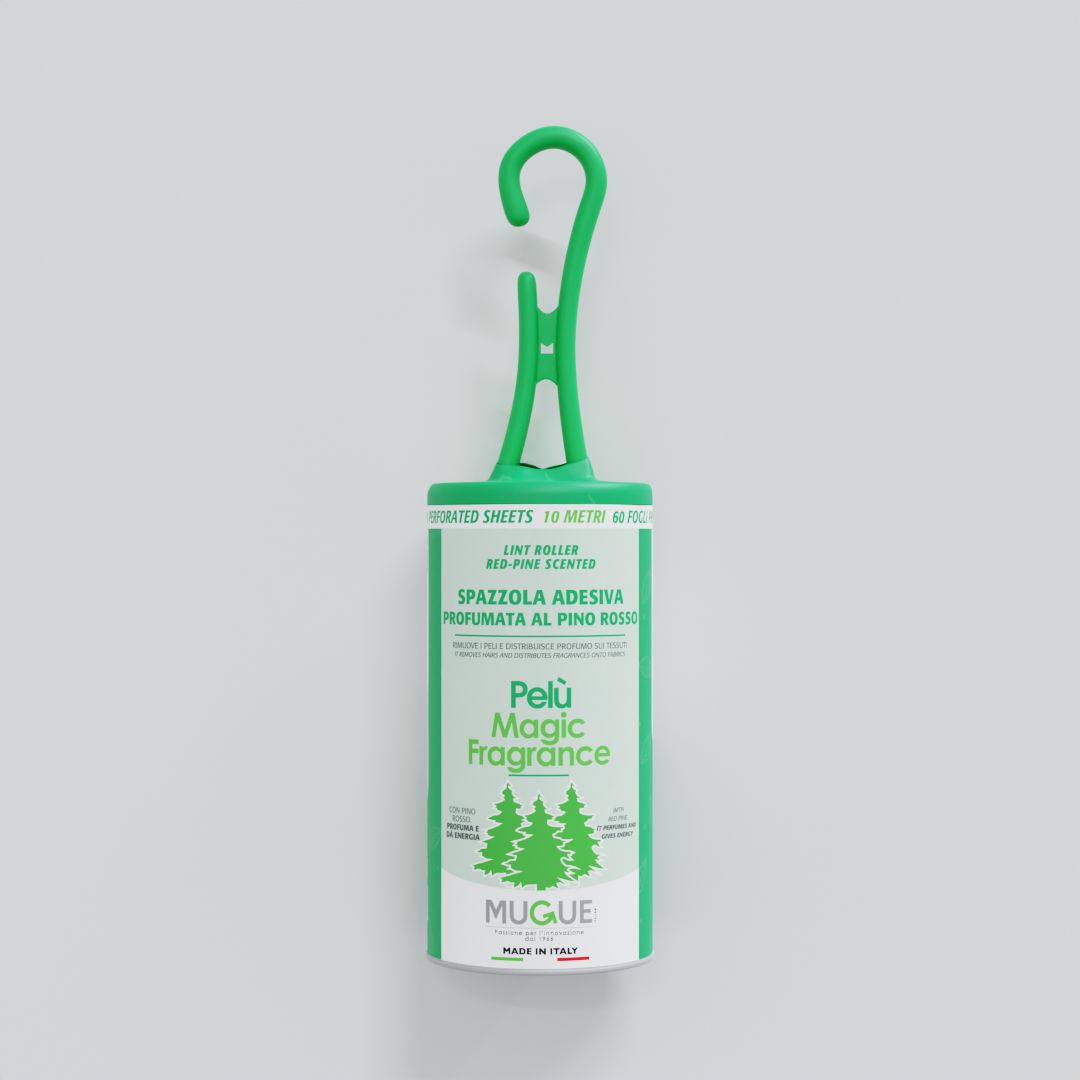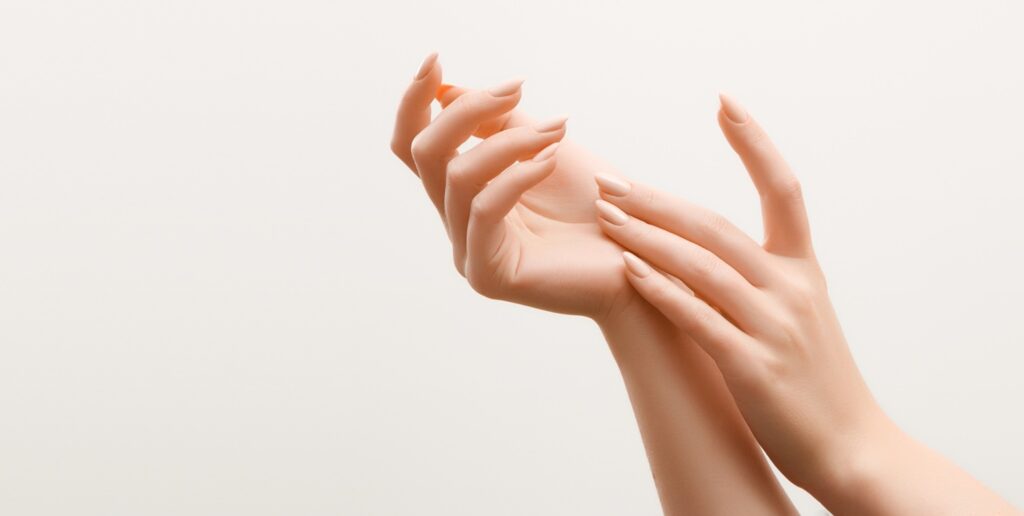With the arrival of spring, also comes the “dreaded” wardrobe change. It’s time to remove wool sweaters, coats, and boots to make room for t-shirts, light dresses, sandals and tank tops. But how do you deal with it? How to organize it in a practical and quick way, without it being a hassle? Let’s see it together.
Clean up
The first thing to do is take everything out of your closet: this is the only way to truly do a deep clean. It doesn’t matter how many clothes and accessories you have. The rule doesn’t change: if you haven’t worn an item for years, and you don’t intend to wear it, give it away, sell it or throw it away depending on its condition.
Free up space by eliminating what you no longer need helps you feel better, makes everything tidier, and allows you to sort through your clothes. Ultimately, the goal must be to keep only the items you really intend to wear in your wardrobe, having them all within easy reach.
Once the wardrobe is completely empty, and you have decided what to keep, clean it thoroughly by removing dust and dirt: you can use a small vacuum cleaner, or a dust-catching cloth, and then wipe with a damp cloth to remove residues. So take out your spring and summer clothes and, before putting them back in the wardrobe, make sure they are clean. If you have to wash them, get help from Color Bag: you will be able to wash white and colored clothes in a single wash, saving energy, water and detergent (just place the white clothes in one bag, and the colored ones in another). Instead, brush the winter clothes that you will store in boxes and bags thoroughly with a brush such as Pelù Magic Fragrance, with the pleasant scent of red pine, or Pelù Batteristop, designed for those garments that require a sanitizing treatment. Woolen fabrics and furs, on the other hand, can be treated with Pelù Tarmastop: removes all the moth larvae, and releases protective plant extracts, so as not to find unpleasant surprises the following autumn.



Make the best use of the space
All wardrobes, even the smallest ones, have unused areas. Just think of the doors, often ignored. Use organizers, hanging them directly on the door with hooks or fixing them at the top. In their compartments you can store shoes, slippers, scarves and smaller accessories.
If your wardrobe doesn’t reach the ceiling, also make use of the upper part, perhaps using it for suitcases or items that you won’t need until next season, carefully packing them into neutral-toned fabric containers.
A little trick? For a tidier wardrobe, change the hangers. Choosing one hanger over another makes a big difference. If you don’t have much space, opt for velvet hangers: three of them take up the space of a wooden hanger! Choose them all in the same color, and turn them in the same direction, for an even more pleasant visual effect.
Focus on the closet layout
Even ready-made cabinets can be modified to ensure they best meet your specific needs. In fact, there are many wardrobe accessories that do not require holes. For example, hanging fabric shelves, which provide additional compartments for folding and grouping clothing together. To understand how to manage it all, think about what you love to do: if your main hobby is running or going to the gym, sportswear must be easily visible and accessible. Floating shelves are a great solution for lightweight items like gym leggings and sports tops, as they allow you to quickly see if anything is missing, and don’t leave you searching for hours for what you need to workout. However, if your job requires elegant clothing, you will need many hangers for jackets and shirts. And, perhaps, a particularly long space to hang long dresses without ruining them.
When you change your wardrobe, therefore, think about cleanliness and practicality: you will make your life (a lot) easier!





